Mac Source Ports
Run old games on new Macs
Mac Source Ports features native app builds of source ports of your favorite games for both Apple Silicon and Intel Macs, signed and notarized whenever possible.
Developer: Simtex Software
Release Date: September 1993
Described by some as "Civilization in space", Master of Orion is a 4X strategy game where you lead one of ten alien races to conquer the galaxy via dominaton or diplomacy. You start small, with a single homeworld and few resources and build out from there. There are different types of planets, the various races have different specialities, and there is a variety of technologies available to persue. The ultimate world to conquer is the titular Orion, which is also the hardest to conquer.
Although simplistic by today's standards, the game has developed a cult following, multiple sequels, spiritual successors, and even a reboot.
NOTE: the 1oom source port is compatible with the original, DOS-based version of the game from 1993, not the reboot from 2016 named Master of Orion: Conquer the Stars, which is sometimes just called Master of Orion. Most retailers sell the 1993 game in a 2-pack along with its first sequel under the titme Master of Orion 1+2.
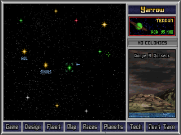
For more information on getting the game's data onto your Mac check our FAQ
Developer: New World Computing
Release Date: October 1, 1996
Heroes of Might and Magic II is a 4X turn-based strategy game. Ranked once by PC Gamer as the sixth-best game of all time it features resource building, new factions, skills, and a single-player campaign.
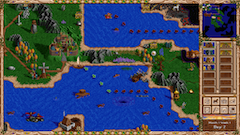
For more information on getting the game's data onto your Mac check our FAQ
Developer: JAM Productions
Release Date: December 3, 1993
Source Code Release Date: July 8, 2013
After the success of publishing Wolfenstein 3-D, Apogee licensed the engine from id Software and hired JAM Software to make a new game with it. Giving it a sci-fi setting instead of WWII, they added multiple features to the engine like one-way doors, health stations, teleporters, in-game informant characters, and more.
The game then had the incredibly unfortunate timing of being released literally one week before DOOM. It's not the only game with this distinction but it's the game industry equivalent of being a movie that released on the same day as Star Wars.
Still, the game did enough business to merit a sequel and developed a following, especially amongst those whose computers weren't strong enough to run DOOM.
The bstone source port is derived from the original source code, which Apogee released in 2013 to promote the Apogee Throwback Pack, a trend we should absolutley support seeing more of in the future.
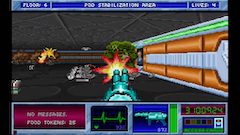
For more information on getting the game's data onto your Mac check our FAQ
Developer: JAM Productions
Release Date: October 28, 1994
Source Code Release Date: July 8, 2013
Despite being overshadowed by DOOM, the original Blake Stone game must have sold well enough to merit a sequel, or at least not poorly enough to break from Apogee's "shareware game, retail sequel" pattern, we have Blake Stone: Planet Strike.
Hailing from the golden age of PC gaming when a sequel could come out a year later the game doesn't deviate too much from its predecessor, essentially being more content with a few code tweaks and added features.
The bstone source port is derived from the original source code, which Apogee released in 2013 to promote the Apogee Throwback Pack, a trend we should absolutley support seeing more of in the future.
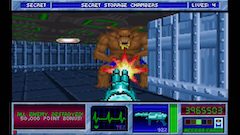
For more information on getting the game's data onto your Mac check our FAQ
Developer: New World Computing
Release Date: March 3, 1999
Heroes of Might and Magic III is another 4X turn-based strategy game and is one of the best games in the series.
Although my aim is to host signed and notarized game bundles on Mac Source Ports, the VCMI project recently added Apple Silicon support and is sufficiently complex that at this time I'm going to link to their work. We may host a notarized version in the future.
Because the app bundle is not notarized, on first run you may run into issues. The shortest answer is to right-click on the app bundle (VCMI.app) and select Open. The long answer is here.
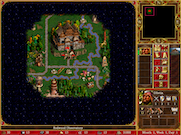
For more information on getting the game's data onto your Mac check our FAQ
Developer: New World Computing
Release Date: June 1, 2001
Did you like Heroes of Might and Magic III and want more of it? Like a lot more? Good news - between 1999 and 2001 New World Computing put out eight expansion packs under the heading of Heroes Chronicles. Some were retail, others were free, but retailers like GOG have collected them all into one package.
Note that the way VCMI works you will also need the base Heroes of Might and Magic III game installed.
Although my aim is to host signed and notarized game bundles on Mac Source Ports, the VCMI project recently added Apple Silicon support and is sufficiently complex that at this time I'm going to link to their work. We may host a notarized version in the future.
Because the app bundle is not notarized, on first run you may run into issues. The shortest answer is to right-click on the app bundle (VCMI.app) and select Open. The long answer is here.
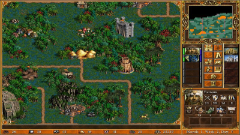
Developer: id Software
Release Date: June 22, 1996
Source Code Release Date: December 21, 1999
Quake is a first-person shooter, the first in the Quake series, which added polygonal enemies, advanced geometry, and a soundtrack by Nine Inch Nails. A fascinating example of grappling with technology changes in parallel to gameplay, it spawned entire industries of modders and mutiplayer gaming.
The vkQuake port was derived from the QuakeSpasm Spiked port and uses Vulkan on macOS by way of MoltenVK. In addition, vkQuake recently added support for the remastered version of Quake from Night Dive Studios.
And because I've had a few requests for it, we are now hosting a build of DarkPlaces as an alternative port.
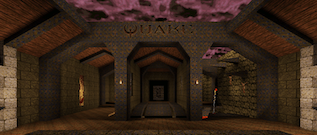
To run different mods, you will need to drill into the vkQuake.app/Contents/MacOS directory in Terminal and run the vkquake executable with command line options. In the future we hope to add a GUI for this.
For more information on getting the game's data onto your Mac check our FAQ
To run different mods, you will need to drill into the DarkPlaces.app/Contents/MacOS directory in Terminal and run the darkplaces-sdl executable with command line options. In the future we hope to add a GUI for this.
For more information on getting the game's data onto your Mac check our FAQ
Developer: Pumpkin Studios
Release Date: April 10, 1999
Source Code Release Date: December 6, 2004
Warzone 2100 is a post-apocalyptic real-time strategy game from 1999 whose source was released in 2004 and whose content was released as freeware in 2008.
Although my aim is to host signed and notarized game bundles on Mac Source Ports, the Warzone 2100 Project has done incredible work on this port and has logistical reasons for not being notarized yet. While they work through that process, I decided it was worth making an exception to the site's policy so that Apple Silicon gamers looking for a full, free and polished RTS would be able to find it.
Because the app bundle is not notarized, on first run you may run into issues. The shortest answer is to right-click on the app bundle (wz2100.app) and select Open. The long answer is here.
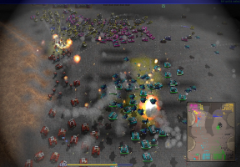
Developer: Thalion Software
Release Date: April 11, 1993
Source Code Release Date: May 7, 2023
The Commodore Amiga was one of those computers where it jumped ahead of the competition by several miles, but then stayed there for a long time and got surpassed by the competition. I think this is why there's such a distinctive look to the games the platform and why it was so accessible to smaller game designers, the types we'd call "indie" today.
Ambermoon is an RPG for the Amiga that really looks like an Amiga game. It was the second part of an unfinished trilogy. Although the original game's source has been released, the source port we're pointing to is Ambermoon.net which like it sounds is a recreation of the original game in C#/.NET (the original game was Amiga-specific Assembly language and isn't a great candidate for portability).
In addition to being able to download it below from the developer's GitHub page, the game is also available on itch.io as a "Name your own price" download in case you want to support or tip the developer.

Developer: LucasArts
Release Date: February 28, 1995
The first entry in the series, Star Wars: Dark Forces is a first-person shooter game set in the Star Wars universe with an engine similar to DOOM. You take on the role of Kyle Katarn, a former Imperial officer turned Rebel Alliance mercenary, as he investigates a new Imperial weapon known as the Dark Trooper. The game features a variety of weapons, levels, and enemies, along with detailed graphics and sound effects that bring the Star Wars universe to life.
We have added a Mac build of The Force Engine which enhances the game and allows for more quality of life improvements as well as compatibility with the remastered edition of the game.
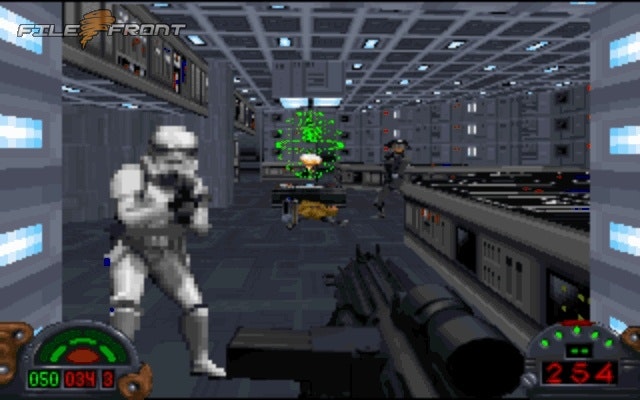
For more information on getting the game's data onto your Mac check our FAQ
For more information on getting the game's data onto your Mac check our FAQ
Developer: Tom Kidd / Mac Source Ports
Release Date: February 23, 2022
Extractor is an app from Mac Source Ports that extracts files from GOG Windows-based installers. Think of it as a GUI version of innoextract.
Right now, Extractor does exactly two things: lists the files in an installer, and extracts the files from an installer. We hope to expand it in the future but for now it's a simple application.
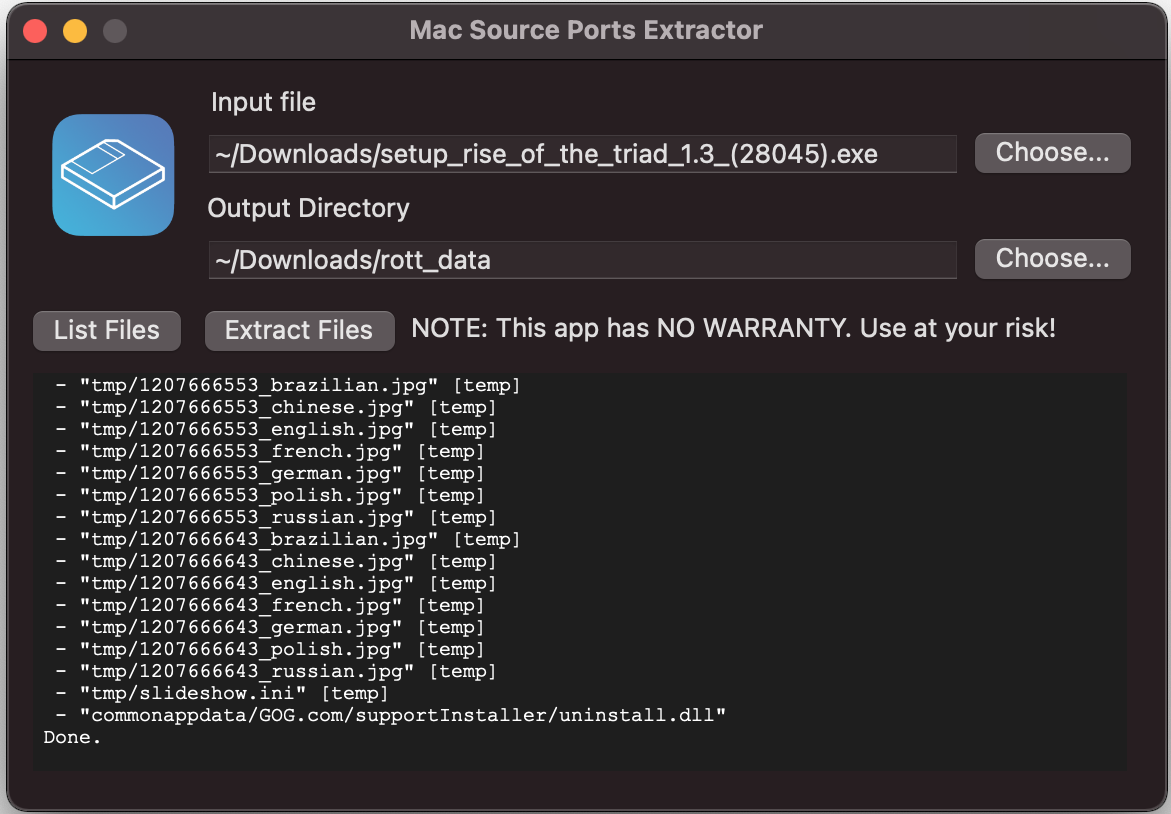
Build Date: December 6, 2022
Developer: Hard Light Productions
Release Date: February 11, 2024
Knossos.NET is a utility that aids in downloading and configuring the FreeSpace 2 Open Source Project, aids in configuring the content from a GOG installer or other location, and can even help with mod management and multiplayer support. Check it out if you want to play FreeSpace 2 with as little hassle as possible.
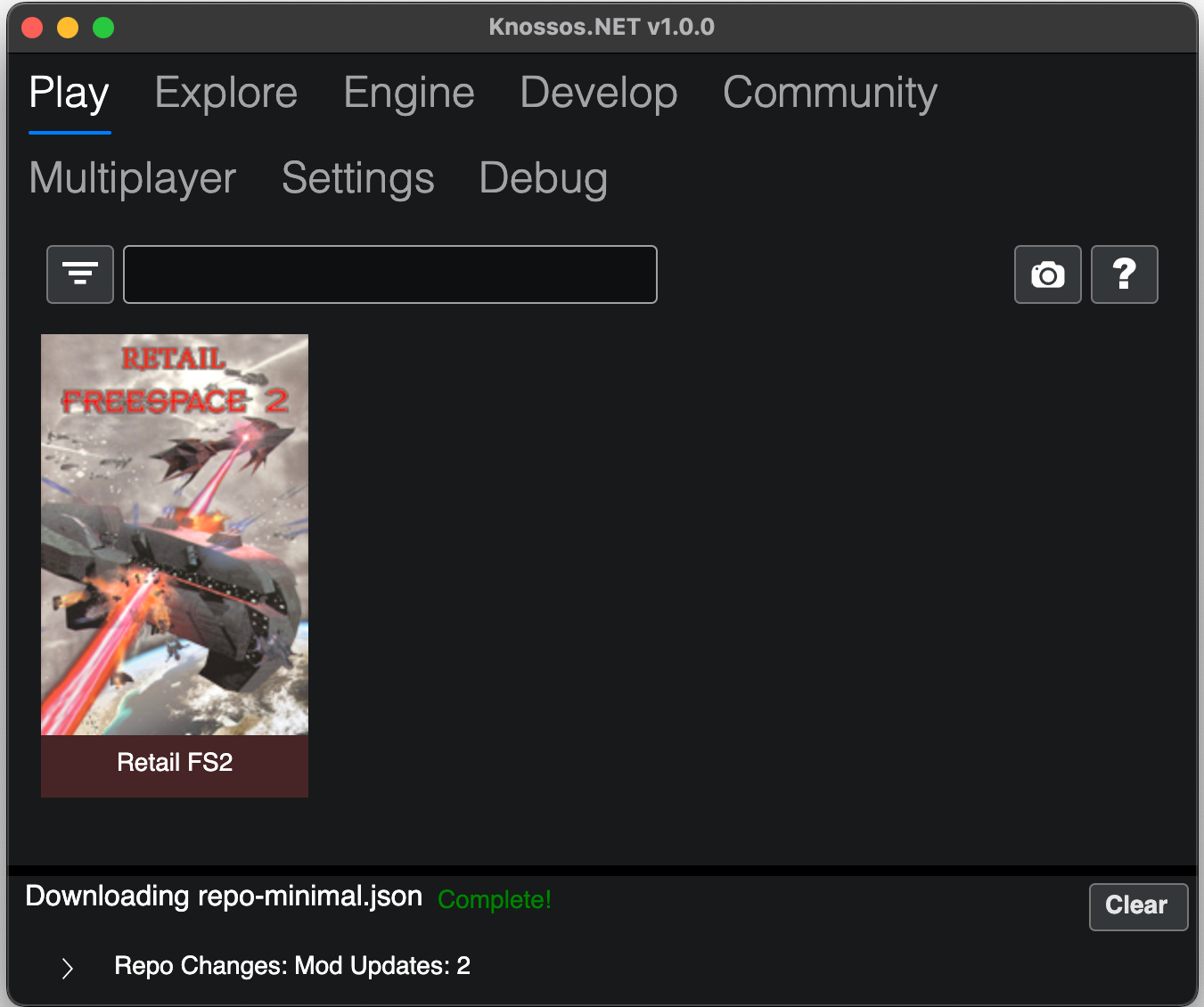
Build Date: February 11, 2024